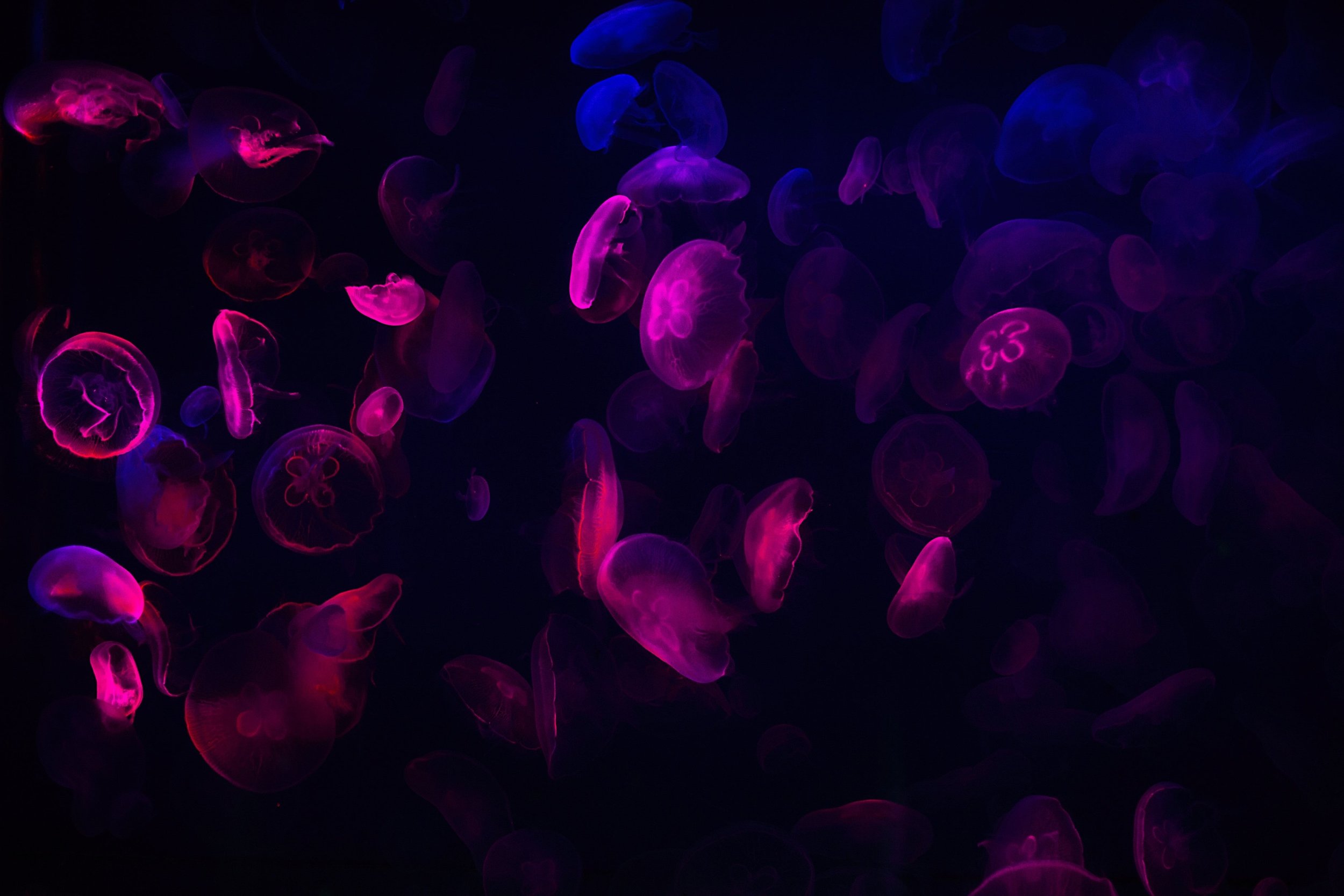
Unit 55: Diffraction & Resolution
Practice Problems

Note: problem difficulty is ranked using a star system.
(*) One-star problems are fundamental to the unit, and can be done relatively quickly. Use these problems to introduce yourself to the material.
(**) Two-star problems are more difficult, and require an understanding of one or two key concepts. Use these problems to test your understanding of the material.
(***) Three-star problems are the most difficult, and require some creative thinking in addition to a deep familiarity with multiple key concepts. Use these problems to challenge yourself; if you can complete one of these, you’re on your way to mastering the material.
*Q55.1) Light from a green laser (wavelength 550nm) passes through a single slit of width 100μm before hitting a detector located 2m behind the slit. What’s the width of the central bright line in the resulting diffraction pattern?
*Q55.2) Light from a red laser (wavelength 700nm) passes through two slits separated by 0.5mm before hitting a detector located 1.5m behind the slits. What’s the width of the central bright line in the resulting diffraction pattern?
*Q55.3) What angle does a loonie (diameter 2.65cm) subtend in your field of view when viewed from arm’s length (60cm)?
**Q55.4) How far from your face should you hold a timbit (diameter 3.5cm) so that it perfectly eclipses the Moon (diameter 3500km) in your field of view? The moon is 384 400km from Earth.
**Q55.5) What’s the farthest away you could stand from the CN tower while being able to resolve the top of the tower from the bottom? The CN tower is 553m tall, and you can use a pupil diameter of 2mm and a wavelength of 550nm.
**Q55.7) According to the Rayleigh criterion, will your eyes have better resolution in a bright room or a dark room?
**Q55.6) What’s the size of the smallest resolvable detail you can see on your hand when viewed from arm’s length? Use a pupil diameter of 2mm, a wavelength of 550nm, and an arm length of 60cm.
